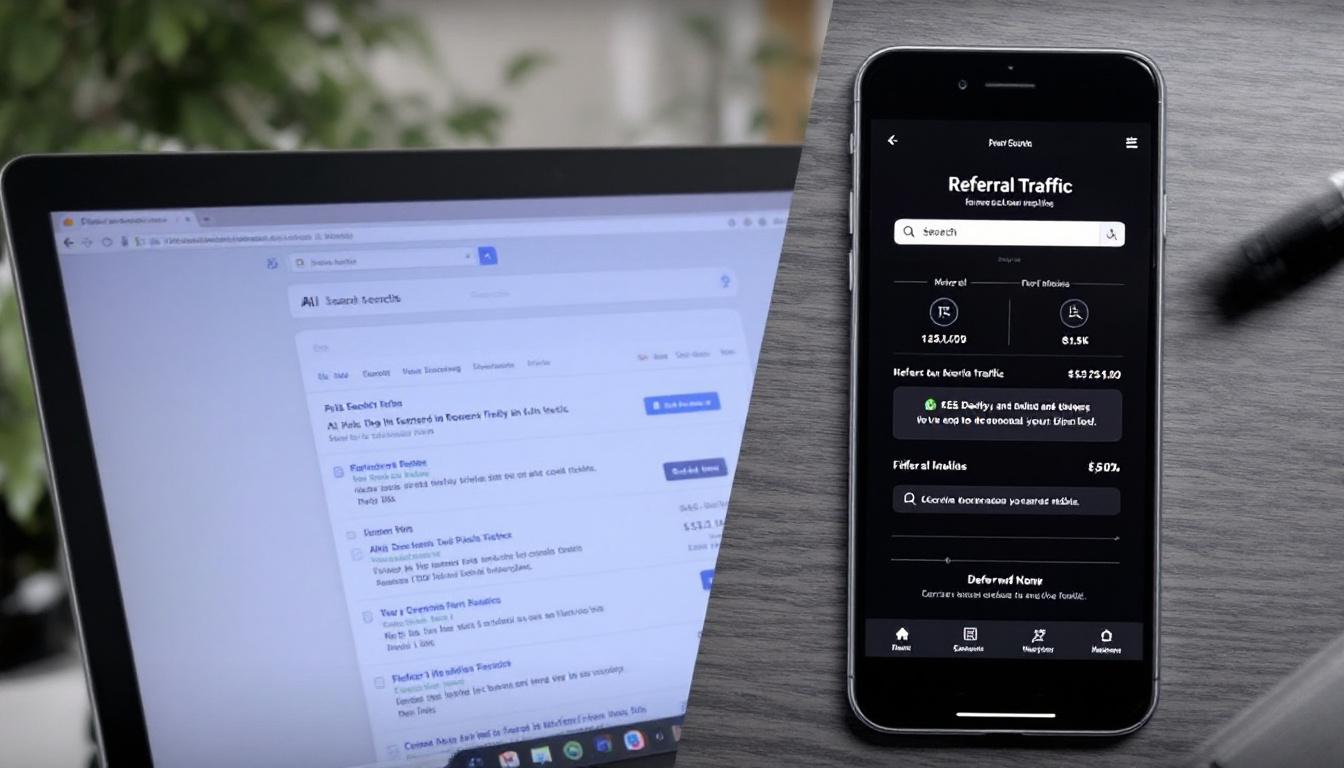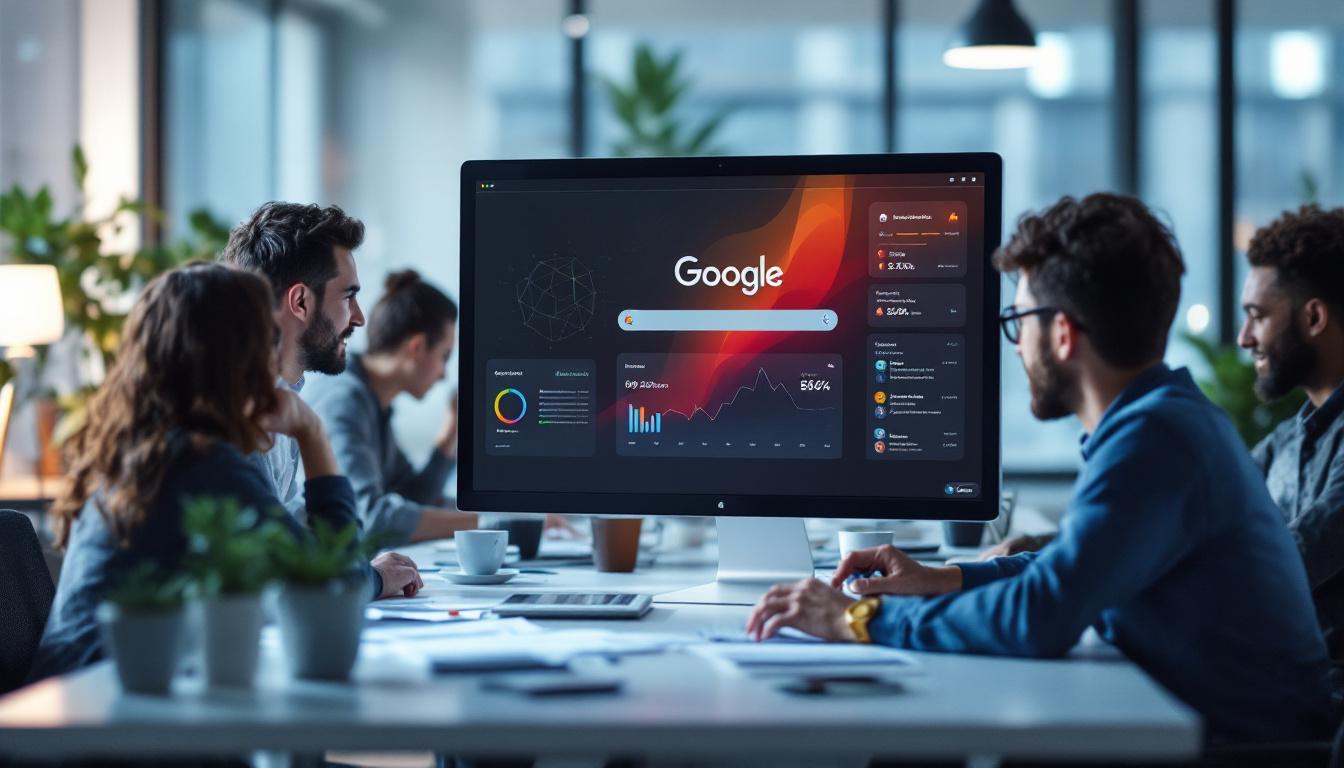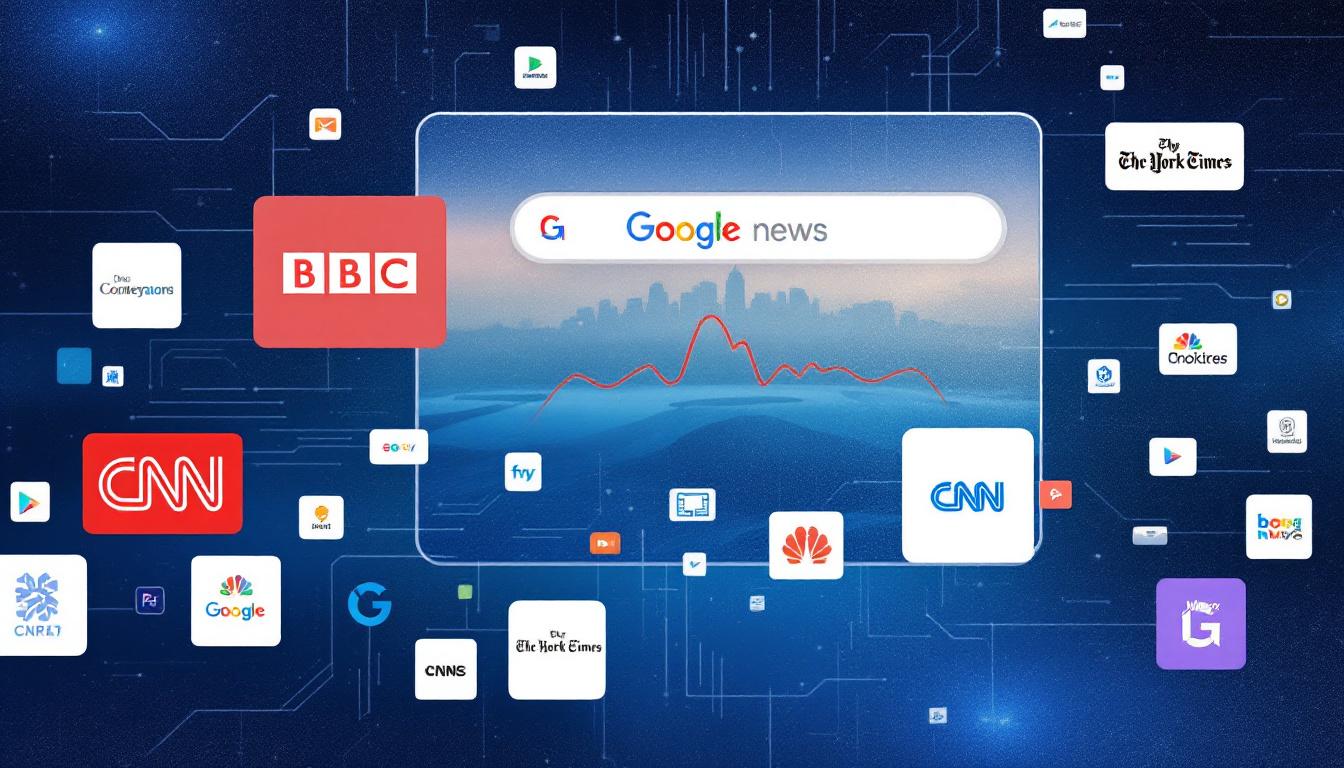Google has recently revamped its Search Quality Rater Guidelines, aligning them closely with insights shared during the 2025 Search Central Live events.
Udemy
Whether you're just starting out or want to keep up on the latest SEO techniques, Udemy can help be the SEO Expert in no time.
These updates are particularly significant in how they define and handle low-quality web pages, offering clearer directives for excluding certain sites from search results.
Publishers should take note of these changes to better understand Google’s evolving ranking criteria.
Redefining Low-Quality Pages
The latest updates introduce a more precise definition of what constitutes the lowest quality content, emphasizing the motives behind webpage creation.
Publisher Intent Focus
Google is shifting its focus to the underlying reasons why content is created, assessing whether it serves the users or merely the website owner.
Previously, the lowest rating was assigned to pages with malicious intents or deceptive purposes. The new guidelines retain this but add that if a page primarily benefits the site owner without providing value to visitors, it should receive the lowest rating.
This change underscores Google’s priority in favoring content that genuinely aids users over content designed solely for revenue generation. This adjustment ensures that websites aim to create content with a clear benefit for their audience rather than focusing exclusively on monetization.
By evaluating the intentions behind content creation, Google strives to enhance the overall user experience in search results.
Emphasizing Content Effort and Originality
Another significant modification addresses the level of effort and uniqueness in content creation, encouraging publishers to stand out in a crowded digital landscape.
Quality Through Originality
Google now places greater importance on whether content is original and offers distinct value compared to existing resources.
The updated guidelines specify that content created with minimal effort, lacking originality, or not providing additional value over similar websites will be rated lowest. This change signals to publishers that merely replicating competitors’ content, even with slight improvements, is insufficient.
Instead, creating unique and valuable content is essential for better search rankings. Publishers are encouraged to invest in creating distinctive content that offers new insights or perspectives, rather than simply mimicking what is already available.
This focus on originality is expected to lead to a more diverse and informative search landscape.
Rethinking Content Gap Analysis
The guidelines also caution against common SEO practices that may undermine content uniqueness and quality.
Pitfalls of Content Gap Analysis
While identifying topics competitors cover is valuable, over-reliance on this method can lead to unoriginal content.
Content Gap Analysis involves finding topics that competitors address and filling these gaps on one’s own site. However, this approach can result in content that lacks originality and simply mirrors what others are doing.
Google discourages this practice as it leads to indistinguishable and redundant content, emphasizing the need for unique contributions instead. Instead of solely focusing on what competitors are missing, publishers should look at their own strengths and weaknesses.
By leveraging unique insights and addressing specific user needs, websites can create content that stands out and provides genuine value.
Key Insights
Summarizing the critical points from the updated guidelines helps publishers adapt their strategies effectively.
Motivated Content Evaluation
Understanding the intent behind content creation is now a central aspect of quality assessment.
- Raters assess not just the content but the purpose behind it.
- Pages designed solely for profit without user benefit receive the lowest rating.
- This highlights Google’s focus on enhancing user-centric search results.
Originality as a Quality Marker
Original and effort-driven content is being increasingly recognized as a key quality indicator.
- Content lacking effort, originality, or unique value is rated lowest.
- Google may prioritize content that offers new perspectives and distinguishes itself from competitors.
- Sites must innovate to maintain visibility in search results.
Alignment with Public Messaging
The guideline changes reflect the themes discussed in recent Google events, indicating a strategic direction.
- Updates echo topics covered in Search Central Live events.
- Suggests algorithms will better identify originality and user value.
- Publishers should focus on differentiating their content to compete effectively.
Overall, Google’s revised guidelines aim to promote high-quality, user-focused content by discouraging low-effort and unoriginal pages.
By understanding these updates, publishers can refine their content strategies to align with Google’s standards and improve their search rankings.
The Bottom Line
Google’s latest updates to its Search Quality Rater Guidelines clearly distinguish between content that serves users and that which solely benefits publishers.
By emphasizing the importance of originality and the intent behind content creation, Google is steering the web towards more valuable and distinctive information.
Publishers should prioritize creating unique, effortful content that truly benefits their audience to stay competitive in search rankings. Adapting to these changes will not only enhance visibility but also improve the overall quality of the information available to users.








